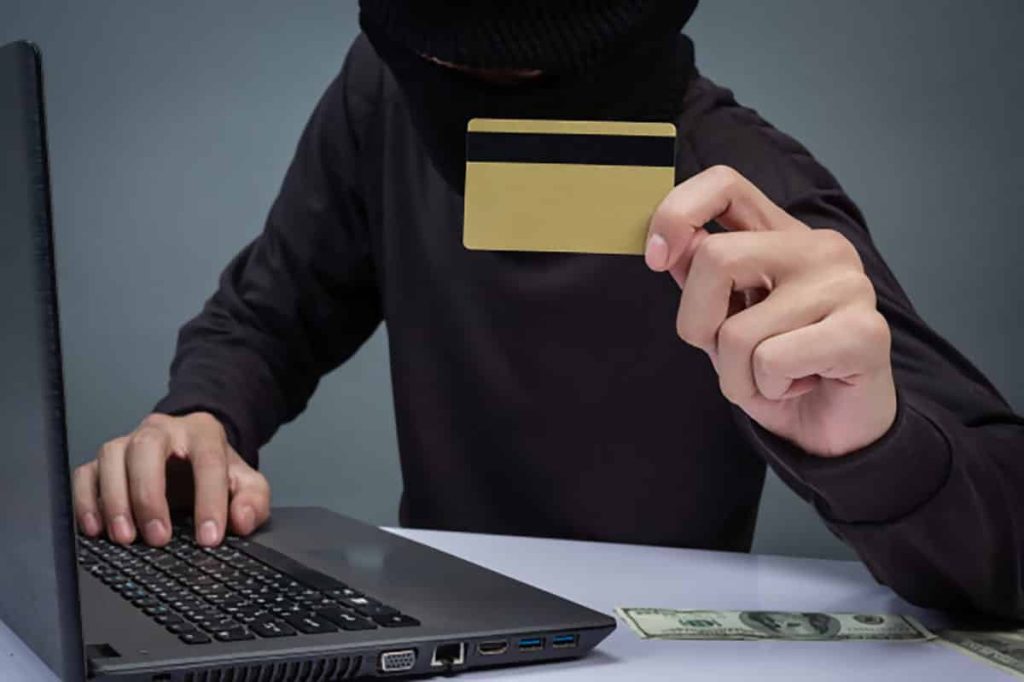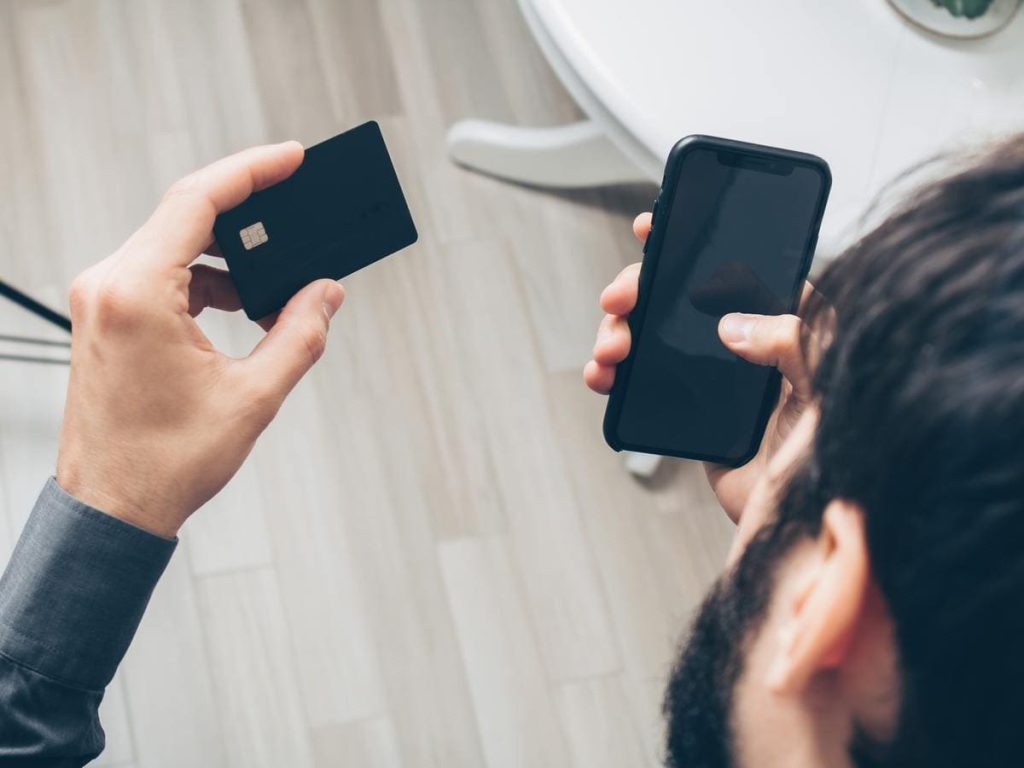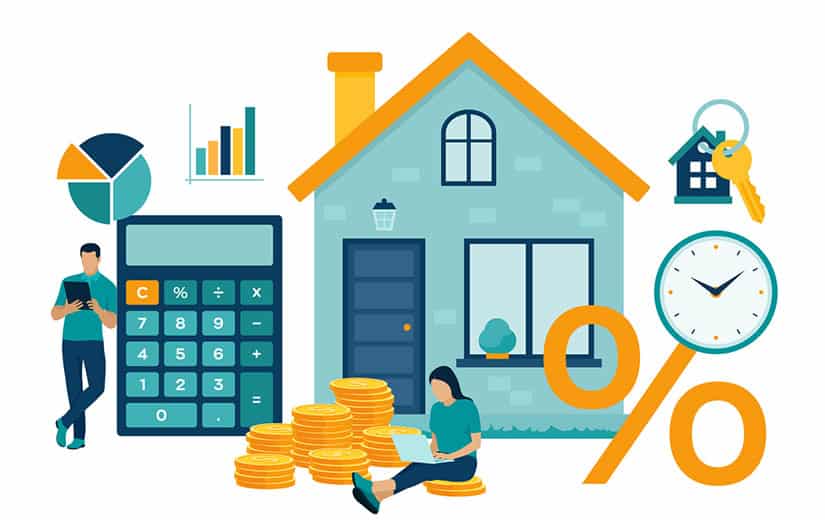With the development of the use of bank cards, many fraud techniques have also emerged. One of the most popular in recent years is skimming. Appeared in France around 2008, it is particularly formidable, because it is possible to be a victim both when withdrawing from an ATM or when paying for a purchase in a store or in a restaurant. In this article, we therefore explain to you how skimming works and how you can avoid falling victim to this data hacking system with often disastrous consequences.
Summary
What is skimming?
Skimming, which literally means « skimming » in French, is a hacking technique that consists of fraudulently recover data from a bank card, then use them unbeknownst to its owner. To achieve this, fraudsters have recourse to various procedures which are in place at the level of automatic teller machines (ATMs), from electronic payment terminals (TPE) and other machines such as petrol station counters.
Once the information is obtained, the skimmers use it to duplicate bank cards in order to resell them or use them themselves to make purchases. It is usually only when they ask for a statement of account or when they have a problem with another purchase that victims find that they have been robbed.
What are the different methods of skimming?
Skimming can take many forms depending on the device that is being targeted.
In automatic payment machines
In order to copy users’ bank information, fraudsters usually install in the slot of ATMs, a device for scanning and copying card data (PIN code, cryptogram and card number) as soon as they are inserted.
It also happens that the skimmers install a small camera on the vending machine’s ceiling. Connected to a smartphone, it instantly transmits information to the fraudster. Another widespread practice at the dispenser level consists in installing a false keystroke-recording keyboard whose appearance is identical to that of the dispenser.
At the level of very small businesses
When you pay for a purchase with your bank card, you are also exposed to skimming. Some fraudsters indeed use fake electronic payment terminals (TPE) thanks to which they scan bank card data. Others simply take advantage of a moment of inattention on the part of the owner to photograph or photocopy the cryptogram of the cards in order to use them to make online purchases.
Read also : Credit card fraud: how to stop fraud?

How to protect yourself against skimming?
Skimming is a growing phenomenon. To protect yourself against this, it is important to follow certain basic rules in the context of the day-to-day use of your bank card and to apply a few preventive tips.
Basic rules to avoid skimming
First of all, never divulge your bank card PIN code. It is strictly personal and should not be shared with anyone, including bank officers and police officers. Do not write it down on a piece of paper in your purse or wallet. Also, don’t choose an easy-to-guess code like your date of birth or the date of birth of a loved one. Finally, never leave your card unattended.
Practical tips to protect your banking information
During your various operations with a bank card, take the following measures:
Use ATMs inside banks
Hackers are unlikely to successfully install their fraudulent devices inside a bank. ATMs located indoors are therefore safer than those outside.. However, trust your intuition. If you don’t feel comfortable at an ATM because you notice questionable people nearby, cancel your transaction and find another ATM. In addition, if the ATM does not return your card or if you lose it, have it blocked automatically by contacting your bank or your card provider.
Enter your code out of sight
Whether you are in a restaurant, gas station, supermarket or at an ATM, always enter your code by hiding the keypad with your hand or with your wallet. Make sure that no one can read the code you enter. Also, do not initiate a discussion or ask for any help while you are performing your operation. Also ask people who get too close to keep their distance.
Be vigilant on the Internet
Do not connect to a shared computer or a Wi-Fi hotspot to shop online. Other connected users can indeed use various software to capture your username and contact details.
Skimming and reimbursement: What is the procedure to follow ?
If it is known that you have been a victim of skimming, your bank has a legal obligation to reimburse you for amounts fraudulently debited on your bank account as well as any agios.
But to benefit from it, you must imperatively proceed to an online report or lodge a complaint with a judicial authority within a maximum period of 13 months. Warning ! This period is reduced to 70 days if the beneficiary of the fraud is located outside the European Union or the European Economic Area.
Therefore, check your account statements regularly in order to oppose your card and to formulate a reimbursement request as soon as you notice suspicious transactions.
Note, however, that the bank can refuse to reimburse you if it considers that you have been grossly negligent or if the fraud is perpetrated by a relative. In the event of a dispute, you can contact the banking mediator. If the dispute remains despite mediation, the possibility is offered to turn to a local court or a court of law.
Read also : The black bank card: what is it?





